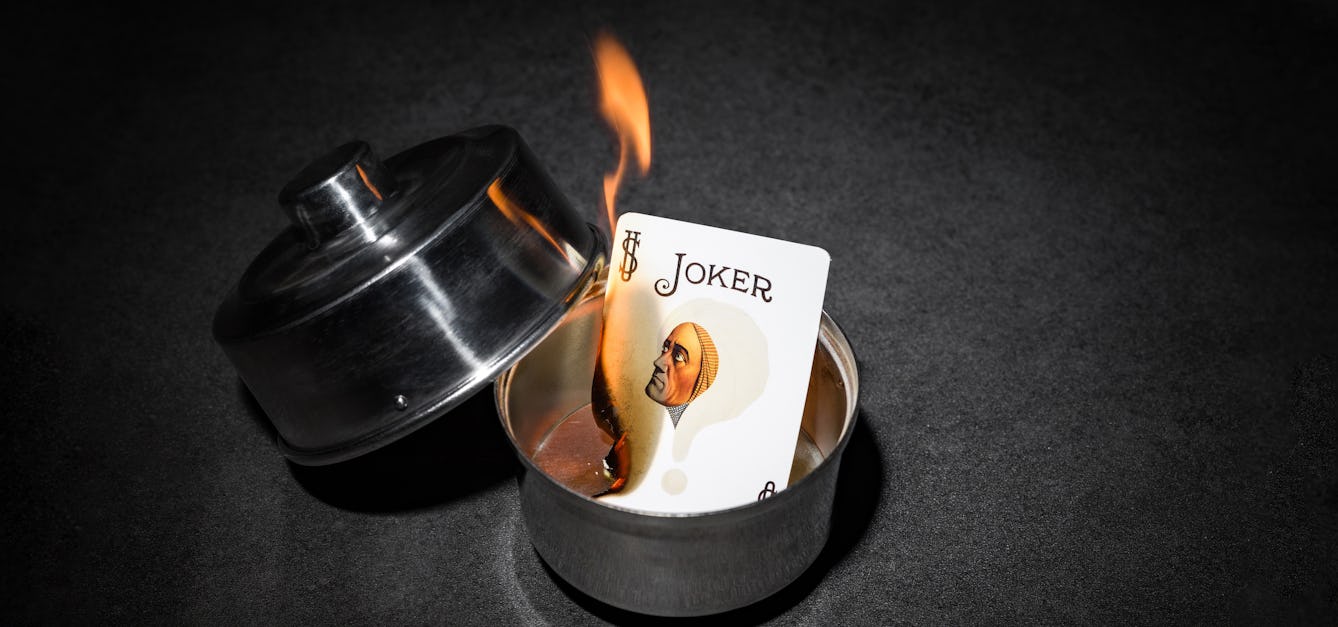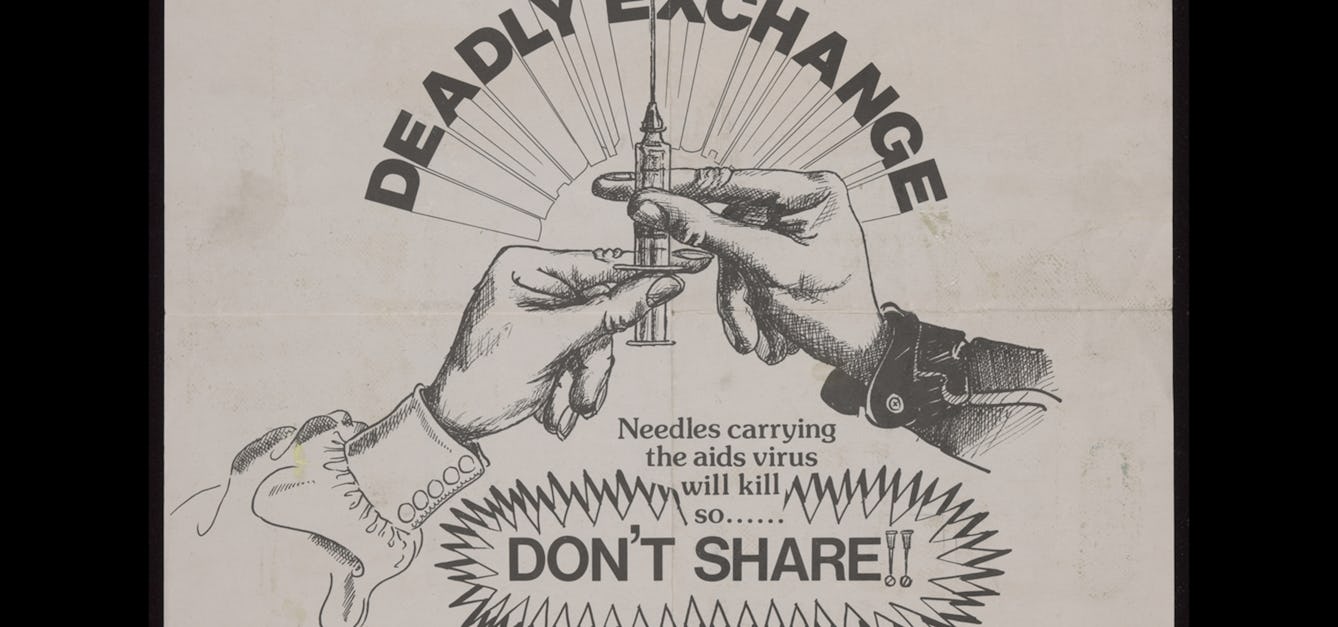Stories

- Article
The significance of safe spaces as refuges from racism
Beer writer David Jesudason discusses the impact racism has had on his mental health, and the consolation offered by pubs that feel truly safe.

- Article
Rose Mackenberg’s deceptive activism
Discover how a New York private investigator became part of Houdini’s mission to expose the fraudulent mediums making money from their vulnerable, grieving clients.

- Article
Western magic’s fascination with the foreigner
Could modern magic shows be perpetuating damaging cultural stereotypes? Shelley Saggar shows how ‘exotic’ costumes and imagery are far from harmless fun.

- Article
Guerrilla public health
From safe-use guides to needle exchange schemes, Harry Shapiro reflects on 40 years of drug harm reduction in the UK.
Catalogue
- Books
The Iron Gall Ink Meeting : 4th & 5th September 2000, the University of Northumbria, Newcastle upon Tyne : postprints / edited by A. Jean E. Brown.
Iron Gall Ink Meeting (2000 : Newcastle upon Tyne, England)Date: [2001], ©2001- Books
Intelligence and affectivity : their relationship during child development / by Jean Piaget ; translated and edited by T.A. Brown and C.E. Kaegi ; consulting editor, Mark R. Rosenzweig.
Piaget, Jean, 1896-1980.Date: [1981], ©1981- Archives and manuscripts
Jean Lindenmann: correspondence etc, 1966
Date: 1966Reference: GC/267/24/11Part of: Interferon Collection
- Ephemera
- Online
Brown & Polson Ltd. Cookery Club, 43-44 Shoe Lane, London E.C.4 : president, Mrs. Jean Scott, secretary, Miss L.K. Pike.
Brown & Polson Cookery Club.Date: [Between 1933 and 1938]- Books
Constitution épidémique de Grenoble, des trois derniers mois de l'an VII & des six premiers de l'an VIII [i.e. from June 1799 to March 1800] ... On a joint: I. Un discours sur les connaissances utiles au médecin, & sur l'abus de la saignée; 2. Un essai sur le forces vivantes du corps humain; 3. Un examen critique de la doctrine de Brown / [Jean Balthazard Laugier].
Laugier, Jean Balthazard, 1737-1812.Date: An IX [1801]









